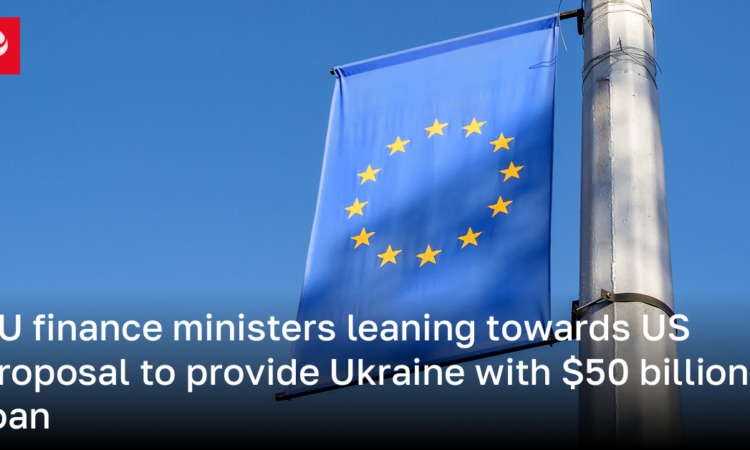EU finance ministers are not opposed to providing Ukraine with a $50 billion loan | Ukrainian News

The countries of the European Union discussed the American plan for financial assistance to Ukraine. There will be another meeting after the G7 summit
During an online meeting on Wednesday, the finance ministers of the European Union discussed the US proposal to provide a multi-billion dollar loan to Ukraine with the proceeds of frozen Russian assets, but the final decision will be taken after the G7 summit, Reuters reports with reference to the Irish Minister Paschal Donohoe, who chairs the meetings of the finance ministers of the Eurozone.
According to him, the ministers firmly support the need to help Ukraine. They will meet again before the end of the month to discuss the G7 plan.
According to the idea, which will be discussed at the G7 summit on June 13-15, future income from Russian assets should service the interest and could pay back the principal of a loan that will be provided to Ukraine. The interest, repayment period and size of the loan are still being discussed, but its amount could be up to $50 billion.
According to Politico’s sources, during the meeting of finance ministers, the American plan was mostly discussed, although the European Union has an alternative proposal. According to it, the EU can independently provide a loan for Ukraine, using its seven-year budget of 1.2 trillion euros as collateral.
Three sources of the outlet said that the idea of the European Union was not discussed too actively, because the ministers still lean towards the American plan.
Since the majority of Russian assets are located in the European Union, the implementation of this plan depends on the bloc. It should freeze Russian assets indefinitely (now it is done every six months) and ensure that the income from them will be used to service the loan.
On May 21, the Council of the European Union agreed to use the proceeds from frozen Russian assets for the benefit of Ukraine. But the European plan provides that the money will be given as it comes in – twice a year.
The United States is proposing to provide this money as an advance for several years ahead, secured by future income.






